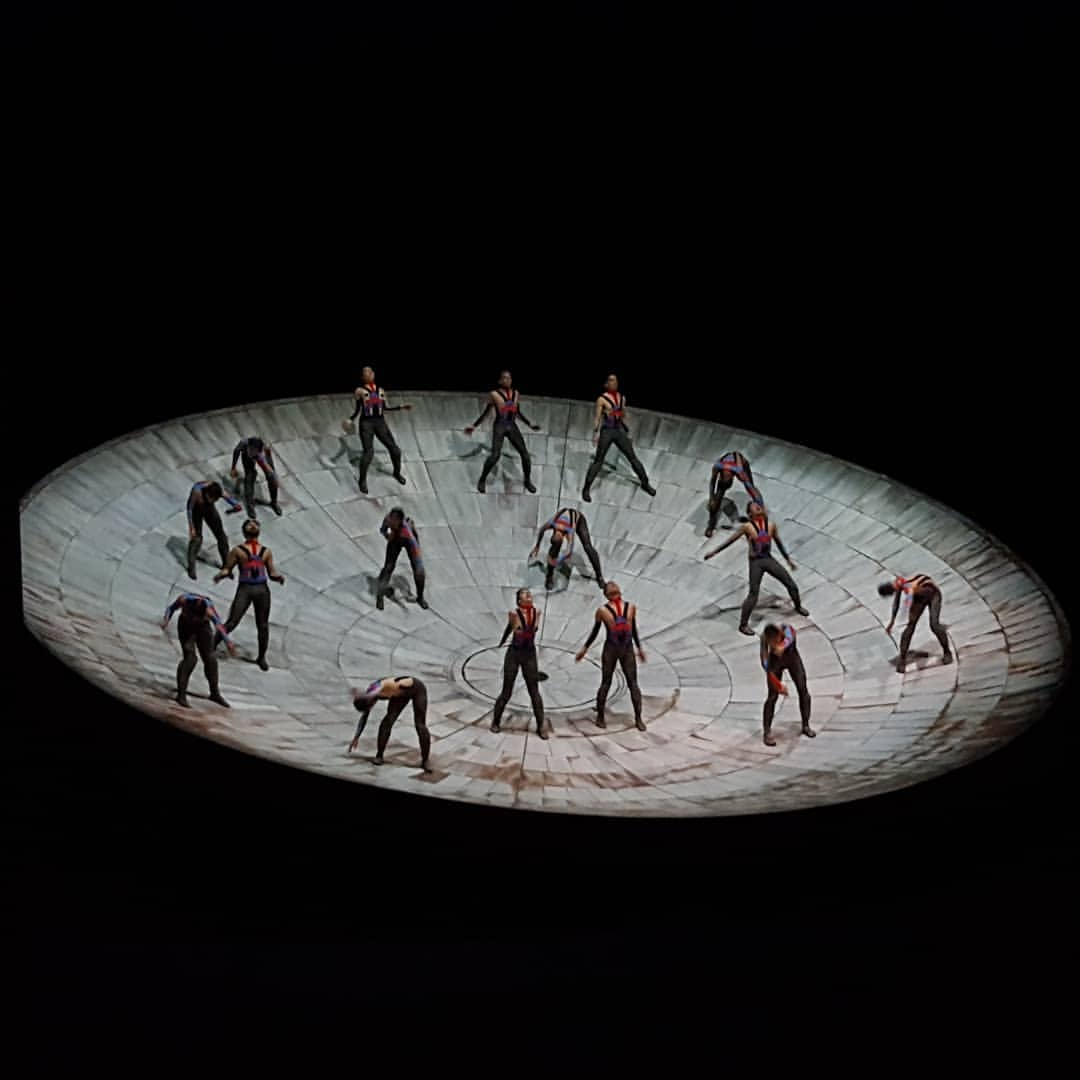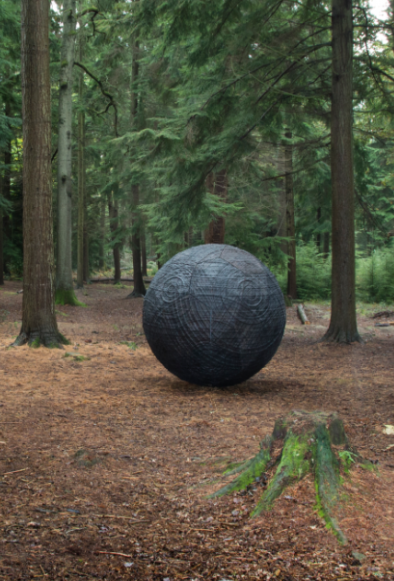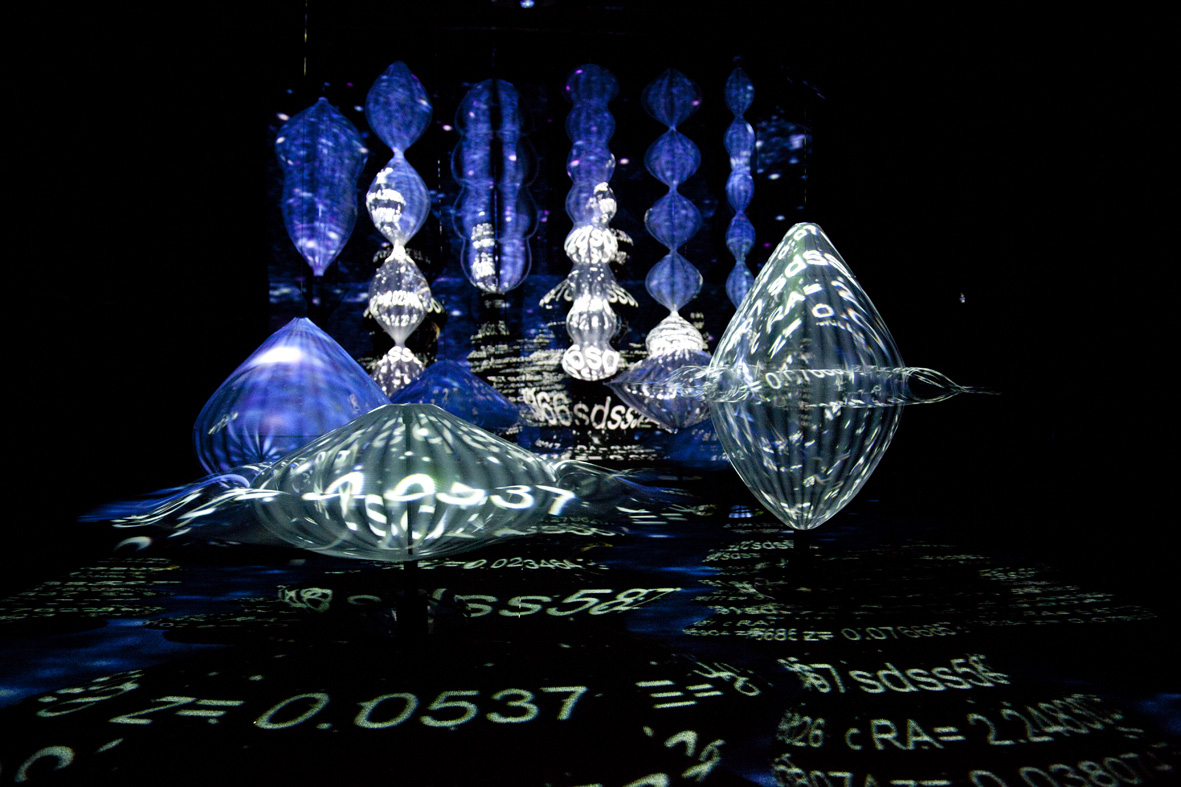罗斯玛丽特洛柯尔的
РОЗМАРИ ТРОКЕЛЬ
Cosmos
A Cosmos riflette l’interesse dell’artista nel creare uno spazio in cui le idee possano esistere tra diverse discipline, passate e presenti. Molti degli oggetti e delle opere d’arte, selezionati da Trockel in dialogo con la curatrice Lynne Cooke, producono un contesto per il lavoro dell’artista all’interno di altri campi di indagine, come le scienze naturali e la storia naturale. Gli acquerelli dipinti dalla pioniera botanica Maria Sibylla Merian si trovano accanto a intricati modelli di invertebrati marini realizzati da Leopold e Rudolph Blaschka, inizialmente utilizzati come strumenti di ricerca da naturalisti che non avevano accesso a esemplari viventi. Per più di trent’anni Trockel ha resistito a uno stile identificabile, lavorando in una varietà di materiali, tra cui lana, bronzo e oggetti trovati, e una gamma di mezzi, tra cui fotografia, collage, video e assemblaggio. Le costanti della sua pratica ad ampio raggio includono questioni che hanno a lungo occupato il suo pensiero e che hanno sostenuto la sua diversa attività, come le idee contrastanti del femminismo e le divisioni costruite tra dilettante e professionista, celebrità e anonimato, e il fine e applicato. arti. Più in generale, attraverso i suoi lavori Trockel sonda non solo le interrelazioni tra esseri umani e animali, ma anche il nostro impatto, come specie, sul mondo naturale.




















